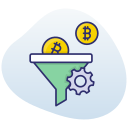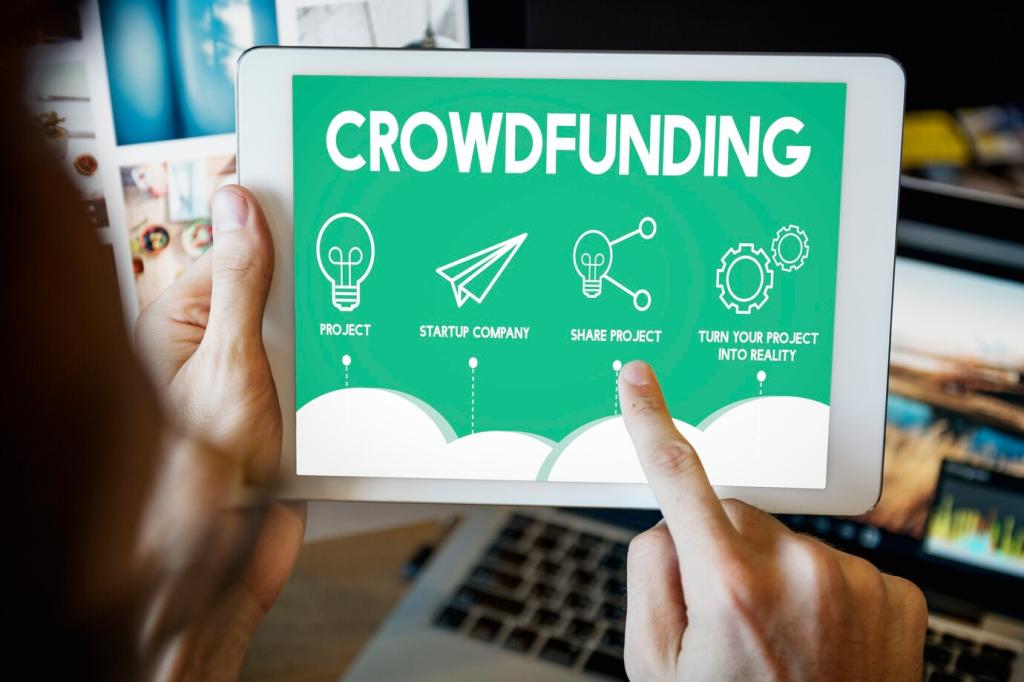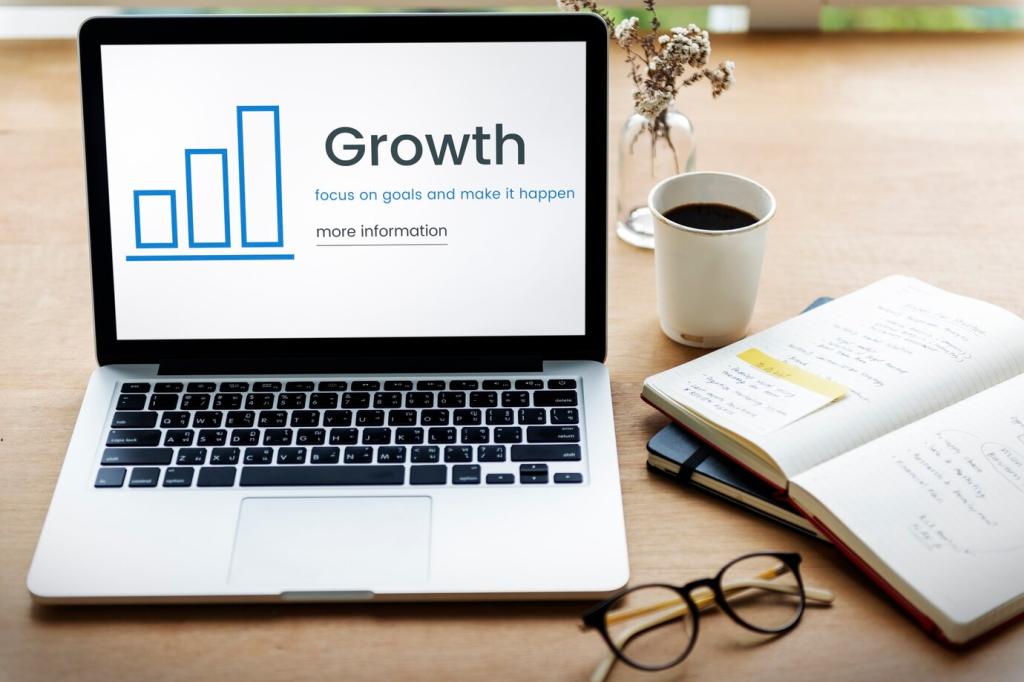Segmentation That Reveals Intent, Not Just Demographics
Move beyond age and industry. Create personas from repeated actions: comparison readers, rapid deciders, trial tinkerers. Behavior-derived personas adapt as products evolve and campaigns shift, making funnel messaging more relevant and targeted without relying on guesswork or generic assumptions about audience needs.
Segmentation That Reveals Intent, Not Just Demographics
Cohort users by signup month or acquisition source to see how conversion curves differ. When a new onboarding flow launches, cohorts reveal whether gains persist or fade. Time-based views cut through seasonal noise and help determine if a change genuinely reshaped the funnel journey.
Segmentation That Reveals Intent, Not Just Demographics
Contrast users who view pricing, compare plans, or search documentation with users who skim and bounce quickly. High-intent paths cluster around clarity and speed; low-intent paths meander or stall. Design targeted nudges for each path. Tell us which path surprised you most in your analytics.













